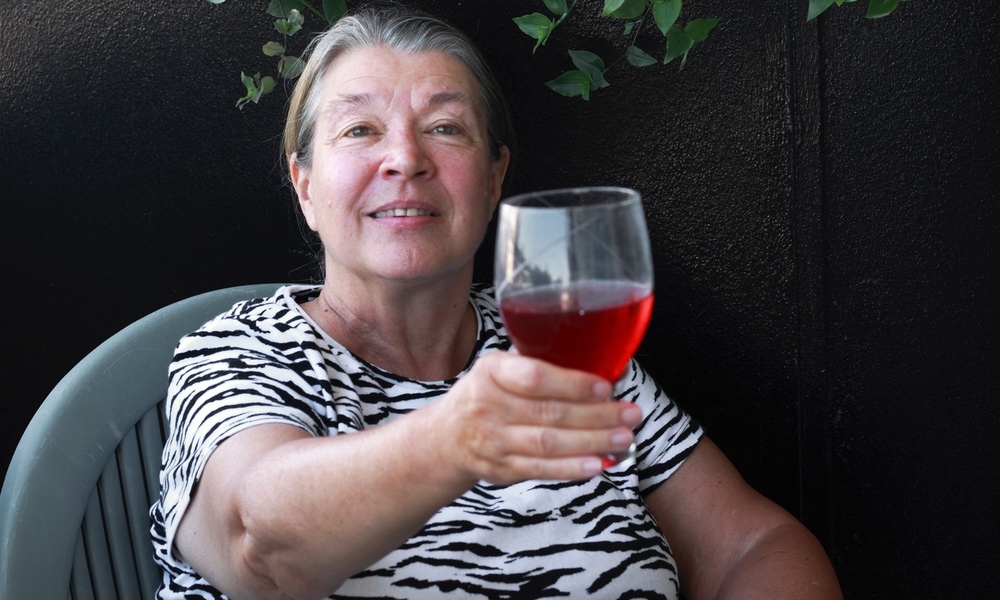For many years it was more or less assumed that children and adolescents did not have mental health needs beyond those met by a decent home life. But that picture has changed with evidence that early intervention can reduce the risk of developing more severe psychological impairment and can decrease the negative impact of mental illness on a child's ability to be successful at home and in school. This awareness has fueled the desire to diagnose and treat pediatric patients as early as possible.
Now that the idea that children and adolescents may need mental health treatment has become more mainstream, the issue of treating young people for mental and emotional problems has begun to be studied systematically. Mental health specialists, physicians, educators, and policy makers all need this sort of detailed information to make decisions about the most responsible and effective ways to treat and monitor children and teens with psychological conditions.
As many as 80% of children with anxiety disorders go untreated.
A report published in the January issue of Pediatrics provides the first large scale survey on the numbers and types of mental health problems seen in U.S. children ages 8−15 years and provides information about the impact of gender, age, race/ethnicity, and poverty level on the major types of numbers of psychological illnesses diagnosed. The study also provides insight into which pediatric patients seek care for mental health concerns.
Only half of the diagnosed group had been treated by a mental health professional. Boys, and older youth were more likely to seek treatment, while race/ethnicity and poverty did not influence the likelihood of obtaining professional help. The patients with ADHD and conduct disorder had the highest rates of treatment, but still only about half were treated. Interestingly, only about one third of children with anxiety disorders sought treatment, a concerning finding that has been reflected in other studies which have found that as many as 80% of children with anxiety disorders go untreated.
This study supports the need for accurate diagnosis and timely treatment of children ages 8−15 years. It also highlights the need for professional and community education about the diagnosis and treatment of mental health issues in children and teens, especially those with anxiety disorders, a group seriously underrepresented in treatment.
The burden of psychological illness can cause school and social failure and begin a cycle of low self esteem and poor achievement leading to poor functioning in adult life. Untreated disorders can lead to substance use in an effort to "self−medicate," when in fact some illicit drugs actually worsen the symptoms. Parents, teachers, coaches, and community members who interact with children and adolescents should be alert to the signs of behavioral health problems. Poor behavior and poor school performance are often the first evidence of an emerging mental health concern. Children can be effectively and accurately evaluated and treated by trained specialists. Parents should be encouraged to explore the treatment options being offered to their children and to discuss them with their children's primary care physicians.




